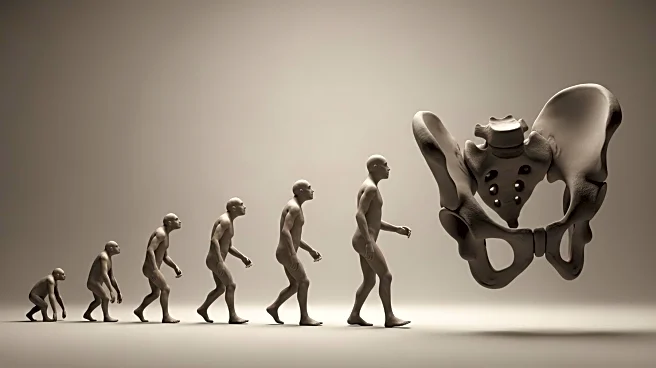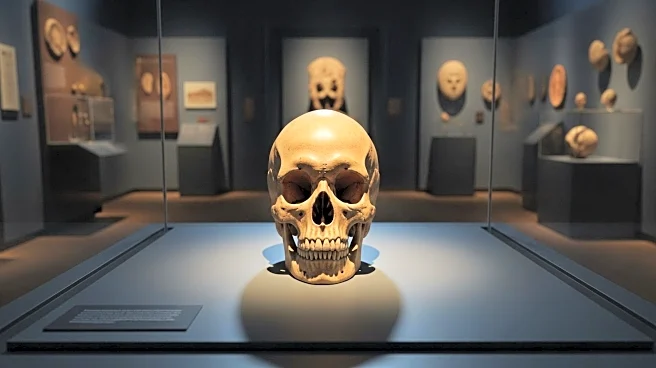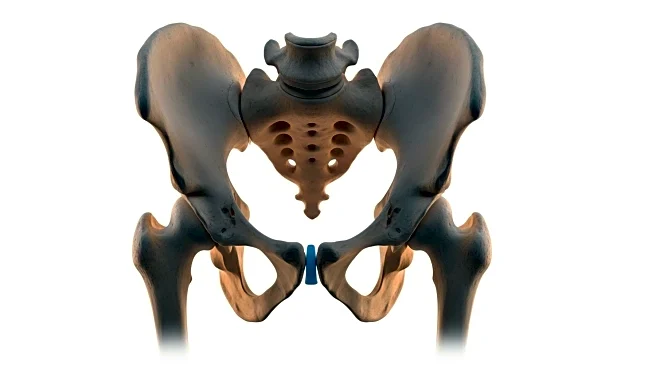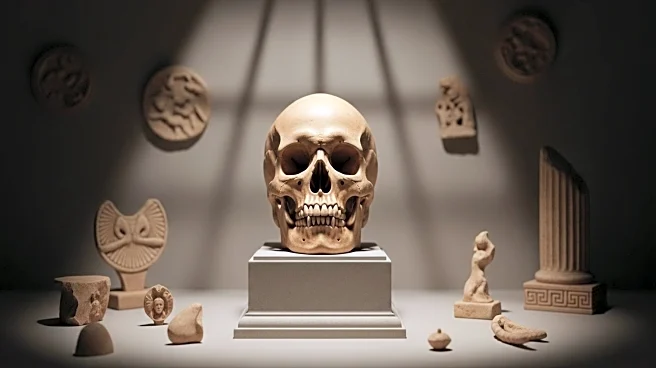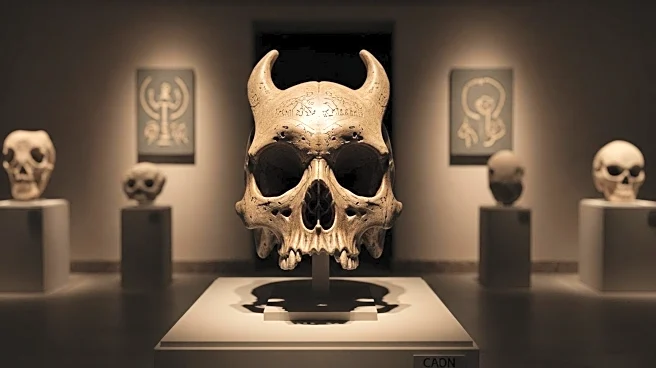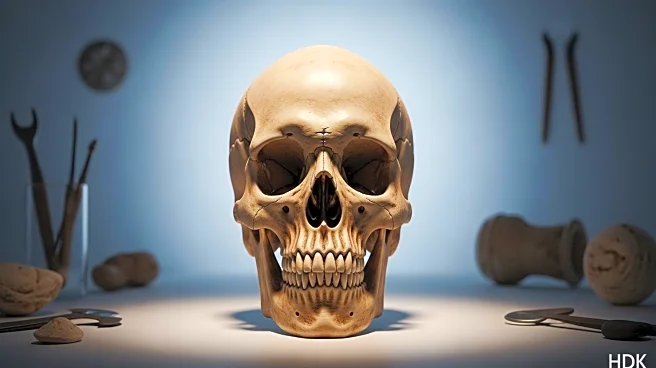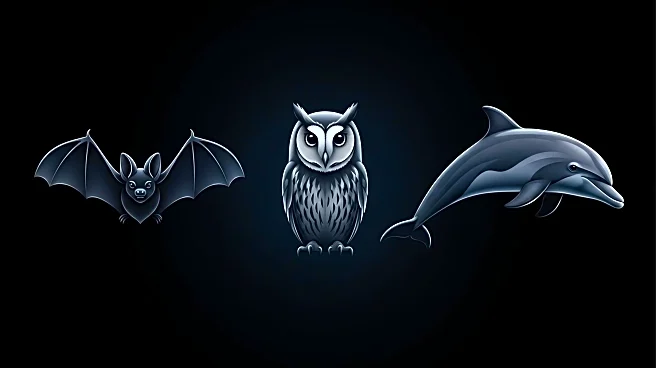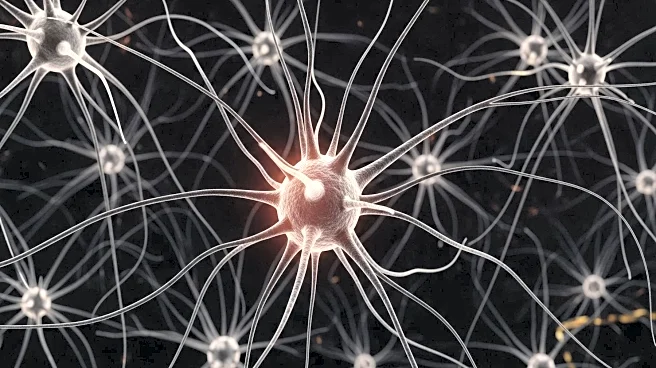What's Happening?
A recent study has provided new insights into the evolutionary changes that enabled humans to walk upright, a defining characteristic of the species. The research analyzed 128 samples of embryonic tissues from humans and other primates, revealing significant anatomical changes in the pelvis during early development stages. The study found that the human pelvis evolved in two major steps: initially, a growth plate rotated by 90 degrees to widen the ilium, and later, a shift altered the timeline of embryonic bone formation. These changes are believed to have occurred between 5 million and 8 million years ago, coinciding with the divergence of human ancestors from African apes. The study identified over 300 genes involved in these changes, with three—SOX9, PTH1R, and RUNX2—playing significant roles.
Why It's Important?
Understanding the evolutionary adaptations that allowed humans to walk upright is crucial for comprehending human biology and evolution. The study's findings highlight the complex genetic and anatomical changes that facilitated bipedalism, a trait that distinguishes humans from other primates. This research not only sheds light on the evolutionary pressures that shaped human development but also provides insights into the genetic mechanisms underlying these changes. The ability to walk upright has had profound implications for human mobility, tool use, and brain development, influencing the course of human evolution and the development of human societies.
What's Next?
Further research is likely to explore the genetic and developmental pathways identified in this study to better understand their roles in human evolution. Scientists may investigate how these genetic changes interact with other evolutionary pressures, such as brain size and childbirth, to provide a more comprehensive picture of human evolution. Additionally, this research could inform studies on human developmental disorders related to the pelvis and locomotion.
Beyond the Headlines
The study touches on the 'obstetrical dilemma,' a concept describing the evolutionary trade-off between a narrow pelvis for efficient locomotion and a wide pelvis for childbirth. This dilemma highlights the complex interplay between different evolutionary pressures and their impact on human anatomy and development.
